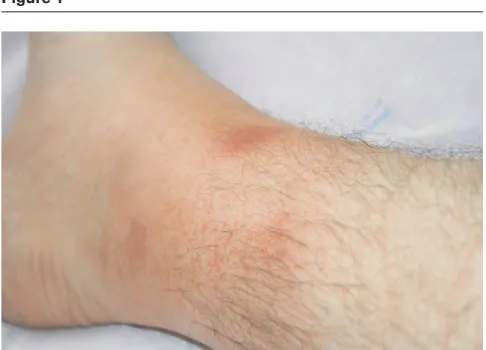Developments in the scientific and clinical understanding of autoinflammatory disorders
Full text
Figure




Related documents
Rates of unemployment were high (over 50%), especially in urban areas, and access to running water, water-system toilets and electricity were inadequate for many participants.
the causes of the Slovak companies’ unethical conduct. These NGOs started their activities after the transformation of the society in the 90’s of the last
Thus, the motivation behind this study is to fi ll the vacuum in the academic literature given that most studies to date lack any empirical evidence on the signifi cant role
The combination of R U C ~ ~ ( P P ~ ~ ) ~ and 2,2 <6,6‘-tetramethylpiperidine N-oxyl (TEMPO) affords an efJicient catalytic system for the aerobic oxidation of a variety of
While concepts such as gas enclosure (both in single layers and as a bulk property) occurring at a critical closed (Goujon et al., 2003) or open (Gregory et al., 2014) porosity have
Drawing upon a participatory play-based qualitative research study with young people at a youth-driven child rights workshop entitled Shaking the Movers and interviews with adults,
Hydrometeor type can be empirically derived using information about the diameter and fall speed of the particle, which the Thies laser precip- itation monitor (LPM) instrument used
Lake sediment records from Svalbard record changes in cli- mate at the northernmost limit of North Atlantic water (the West Spitsbergen Current).. All studies describe a warm